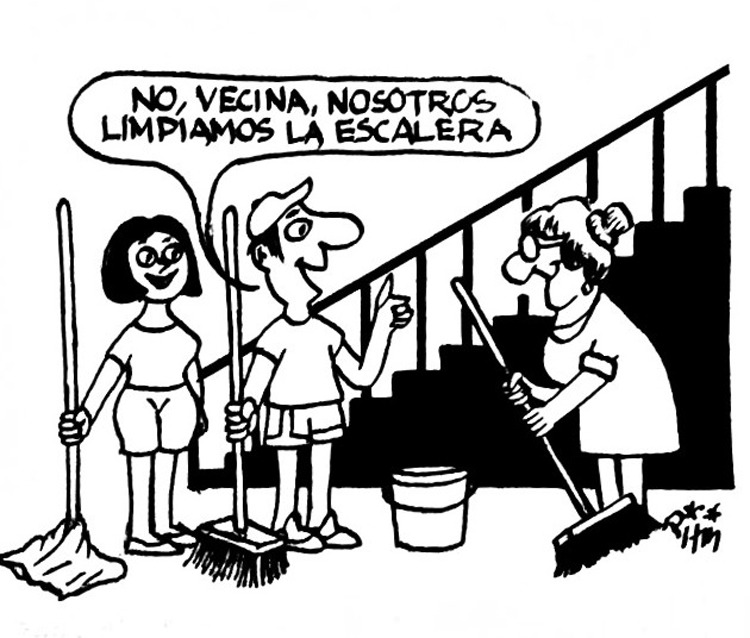The neighborhood must grow, more and more, as a stimulus to individual and collective dignities, in favor of life and peaceful coexistence among all people, being capable of the gradual discovery of the other that, clearly, passes through the revelation of oneself; with cooperation and common benefit.
The neighbor continues as the closest relative, as so many say in our Cuba, in that interest of cohabiting with others in the best harmony and with the greatest respect, so that prejudice does not separate anyone.
We must learn to solve any conflict, as is done in the family, knowing the diversity of the human species, from an awareness of the similarities and interdependencies that we all have.
For harmony in the neighborhood it is very important not to cross the limits, to avoid pernicious vibrations that can be generated in this important space of the national geography, knowing its roots and establishing guidelines to solve adversities.
In order to achieve that family harmony, today the CDR play a primary role, to achieve more positive interactions in the environment; as they happen in prolonged blackouts when, in solidarity, the other is helped, as in mobile phone charges, to cite just two examples.
We cannot allow economic shortages to damage spirituality, to the deterioration of values, mainly that of social solidarity, or that they favor neighborhood conflicts, that break the rules of coexistence and foster crises, which should not arise.
When we mention the performance of our CDRs, it is because of their prestige, like no other organization in the neighborhood, to avoid any social paternalism and strengthen education by the family based on solidarity and respect for others, as well as being able to highlight the best examples on each block.
These spontaneous meetings or due to certain events are very important to cultivate, to exalt the excellent examples of the community, as the best order and moral authority to bury evils that may arise in neighborhood coexistence and revert them into greater social and civic awareness.
Thus, in these folkloric ceremonies, ethics grows for the best interpersonal relationships, which always contribute to reducing spaces for problems, by taking advantage of that Cuban idiosyncrasy in dealing with others, such as spontaneous joy, intelligence, liveliness and healthy sense of humor.
The better the families, by giving each other a lot of love and understanding in the houses, with human socialization between them, the public life of the neighborhood will be graceful.
In this work of transformation in the neighborhoods, young people, from a special sensitivity, must be champions from the social, spiritual, educational, sports and recreational.
As Díaz-Canel defends: “those who are not sensitized to neighborhood issues are not sensitized to anything… to work the magic of articulating all those who work for good changes.”
Related article:
To learn to live together


